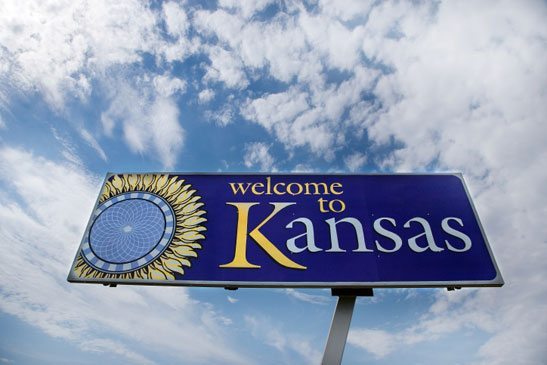Kansas probably isn’t the first place that comes to mind when you think of sustainability, but you’d be surprised — the Sunflower State is making immense progress in saving energy and reducing dependence on fossil fuels.
This piece in The New York Times highlights the humble beginnings of the Climate and Energy Project, a small nonprofit group whose missions is to get people to limit their fossil fuel emissions. Kansas town managers are attributing the state’s new resolve largely to a yearlong competition sponsored by the Climate and Energy Project that “set out to extricate energy issues from the charged arena of climate politics” as noted in the article.
What sets this project apart from the countless other sustainability initiatives is the approach. The decision was made to focus on thrift, patriotism, spiritual conviction and economic prosperity, using these four pillars to try to rally resident of six Kansas towns to make a change in their energy use.
Why did the conversation have to be about climate change, countered project chairwoman Nancy Jackson. If the goal was to persuade people to reduce their use of fossil fuels, why not identify issues that motivated them instead of getting stuck on something that did not, the Times article reported.
Despite a hefty roadblock — according to a poll conducted by the Pew Research Center for the People and the Press just 48 percent of people in the Midwest agree with the statement that there is “solid evidence that the average temperature on Earth has been getting warmer” — the project trudged on and worked to overcome the skeptics.
By the looks of things, it’s going well. One of the cities has already reduced its energy use by 5 percent and a wind turbine factory will be built in the Reno County area, creating as many as 400 local jobs.
Hopefully this will serve as an example for other communities who aren’t so quick to embrace the green movement. This unique approach proves that there you can always find a way to move toward a sustainable future.
Source: www.nytimes.com




